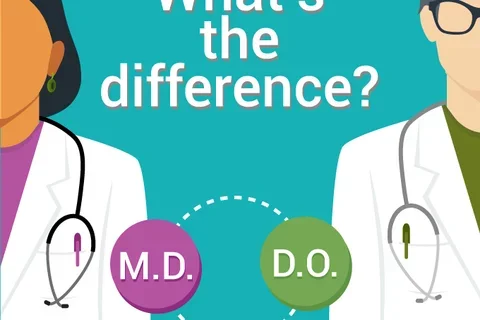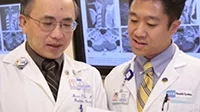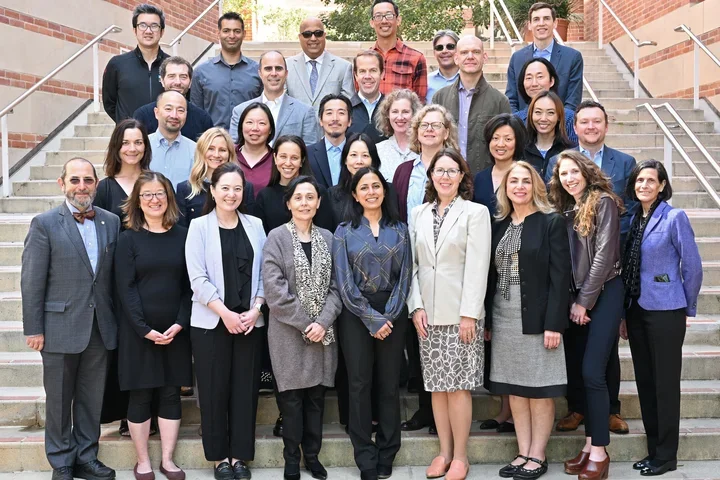Do vs MD - What Is the Difference?
What Is a DO Doctor?

How Is Medical School Different for Students Pursuing a DO vs an MD?
Choosing a medical school also involves choosing between two types of degree programs: Doctor of Medicine (MD) or Doctor of Osteopathic Medicine (DO).
Most medical schools — including the David Geffen School of Medicine at UCLA — offer the traditional MD. However, there are 33 accredited colleges of osteopathic medicine in the U.S., according to the American Association of Colleges of Osteopathic Medicine (AACOM).
When choosing between a DO vs. MD degree, here's what pre-med students need to know:
DO vs MD: The Similarities

Physicians earning either degree have much in common, both in terms of training and practice. Most pre med students follow the same undergraduate path — obtaining a bachelor's degree, completing pre-med coursework and taking the MCAT. Then they attend four years of medical school, followed by a residency program that ranges from three to seven years, depending on the specialty.
Both MD and DO physicians are licensed by the same state licensing boards and held to the same requirements for practicing medicine. Both can prescribe medications and treat patients in all 50 states. While DO doctors tend to become general practitioners, they may pursue careers in any chosen specialty, including surgery.
DO vs MD: The differences
Most students attend traditional (or allopathic) medical schools that offer an MD. However, osteopathic medical schools are growing in popularity. Reporting on the most recent annual data, the AACOM says osteopathic medical schools educate around 20% of all medical students in the United States.
While osteopathic programs tend to be less competitive than allopathic medical schools, students in both programs receive similar training. However, osteopathic schools have a stronger focus on alternative therapies, holistic medicine and disease prevention. As the American Osteopathic Association explains, students "receive extra training in the musculoskeletal system, which is the body's interconnected system of nerves, muscles and bones. DOs use this knowledge to perform osteopathic manipulative treatment (OMT), a series of hands-on techniques used to help diagnose illness or injury and facilitate the body's natural tendency toward self-healing."
Learning OMT requires students at osteopathic schools to complete an additional 200 hours of coursework beyond the general medical school curriculum. While students pursuing both allopathic and osteopathic degrees take the same state board exams, DO students also take the Comprehensive Medical Licensing Examination (COMLEX) while MD students take the United States Medical Licensing Exam (USMLE).
To learn more about the coursework required at allopathic medical schools, check out the curriculum at the David Geffen School of Medicine at UCLA.



